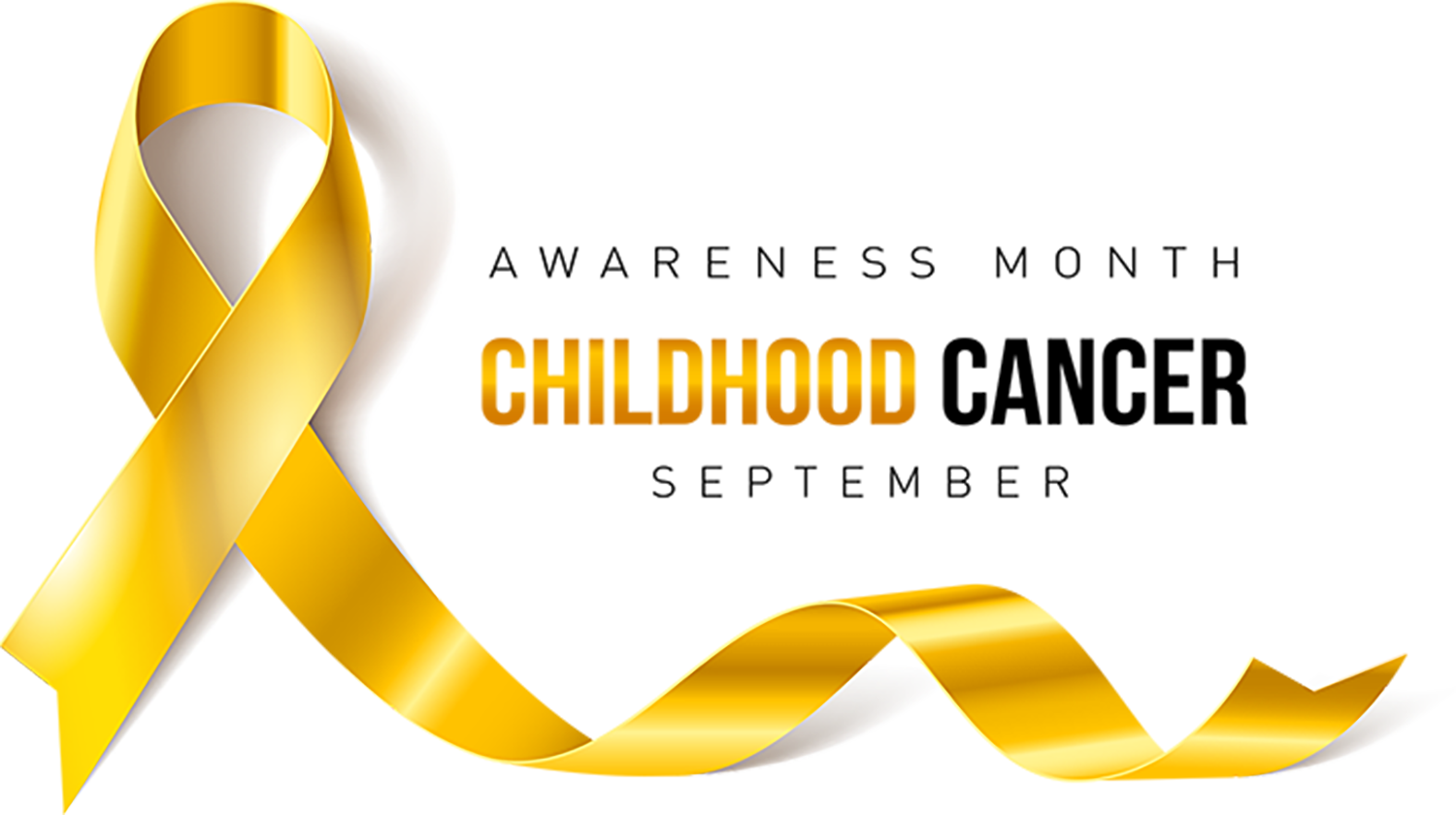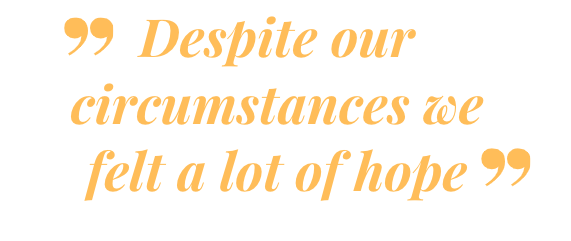Posted by Chase Carter on 9/9/2021 to
News


Most kids have an awkward time adjusting to middle school, and a dorky kid like me was no exception. It was the fall of 1997, my body was rapidly changing, and my social environment radically upheaved moving from a small rural elementary school to a much larger Jr. High in a city twenty minutes away from home. I joined the cross-country running team and felt demoralized that I could never complete a race without stopping to walk a portion. I started coming home from school with more and more bruises, and my parents were convinced I was being bullied. Things came to a head when I was walking from one end of the school to the other to make my class on time, and the excursion was too much. I collapsed onto the hallway floor and vomited. My family and I discovered a week later, and a thousand miles away at a regional children’s hospital, that the source of all these issues was Acute Lymphoblastic Leukemia (ALL)- the most common type of childhood cancer.
I was lucky. My dad’s job provided us with decent health insurance, my family and community rallied around me, and research for ALL had advanced enough that I was given a 75% chance to reaching remission. If my dad had been laid off in the rounds his company made a few years earlier, or if I had been diagnosed a few years earlier, the outcome of my life could have been dramatically different.

After spending over a year at the hospital, I met many kids in the hematology/oncology wing. We played Nintendo 64 together far into the night, way past when the nurses wanted us to. We complained about the cafeteria food, we played pranks on the nurses and each other, and we were kids. A little cadre of five teenage boys formed. We bounded over our common experiences. Despite our circumstances we felt a lot of hope, things were looking good for each of us and we were having a great time. One of the boys left the hospital early, with his treatment progressing effectively. Another of the guys who was the sickest started having a big upswing in energy. We started playing basketball together. Well, he was teaching me basketball, I was terrible. In one of our games, he tripped and fell, and scuffed up his leg a little bit. Through the evening I could tell it was still bothering him, and eventually, he called a nurse. Over the next couple of days, they learned his cancer had spread to the bone in that leg. We stopped playing basketball after that. Not too long after that, our other friend relapsed and was back in the hospital. Of the group, I am the only one who survived to adulthood.
Twenty-four years later, completely cancer-free, I have devoted my life to raising awareness and funds for cancer research. I’ve volunteered through high school and college at various fundraising walks, and I’ve built a career in fundraising at two of the nation’s leading cancer research charities. Cancer is the most complicated and complex problem our species has ever had to tackle. It’s easier to reach the moon than solve cancer. Pediatric cancers are particularly nefarious, no child should ever die in the dawn of life to these catastrophic illnesses.

As we start our fall, I hope we all remember the importance of Childhood Cancer Awareness Month. Gold is the color of pediatric cancer awareness, and I’ll be wearing gold all month as I remember those in my life I have lost, but also in appreciation for the work done to help save my own. There is hope, there is progress being made, and it is up to each of us to ensure that enough resources are shared with researchers and treatment facilities to help as many kids as possible.

 (888) 872-0228
(888) 872-0228
 Caring Help
Caring Help
 Sign In
Sign In
 Cart
Cart 
